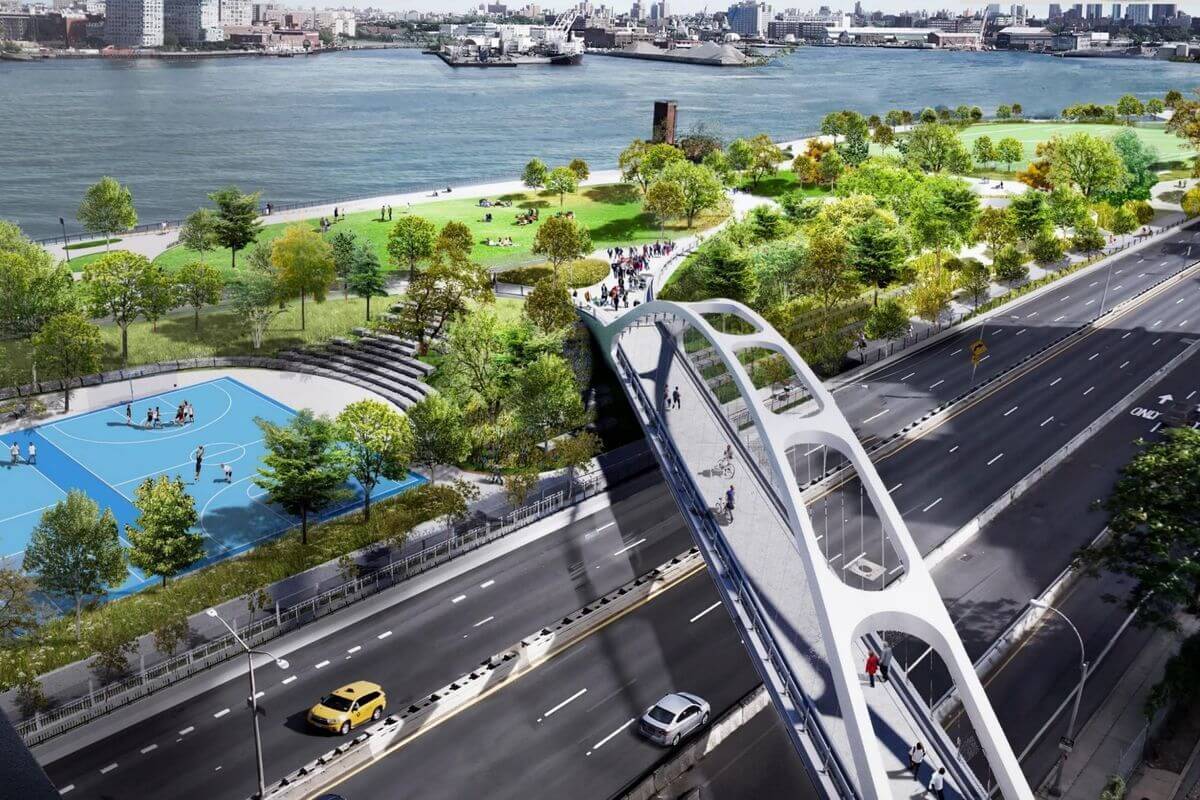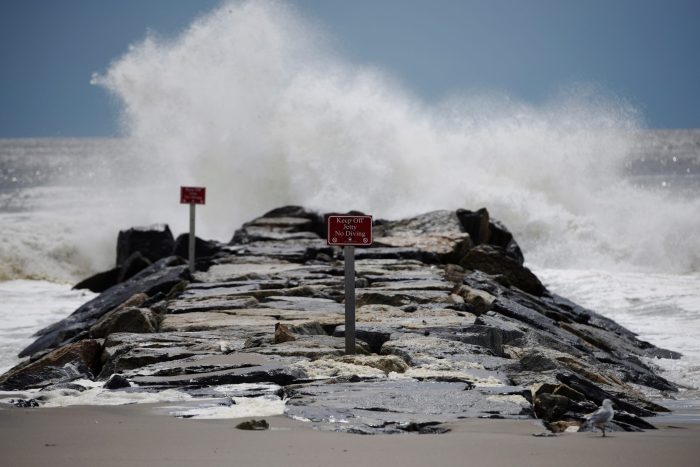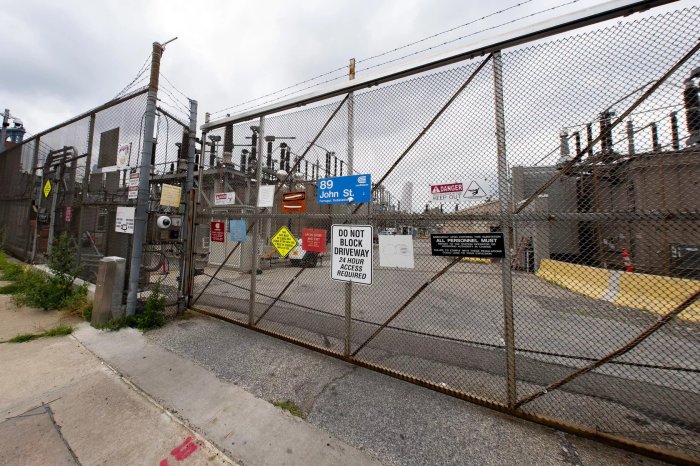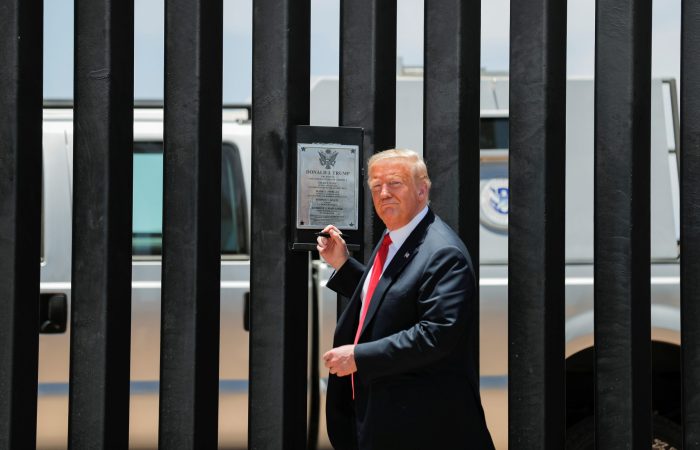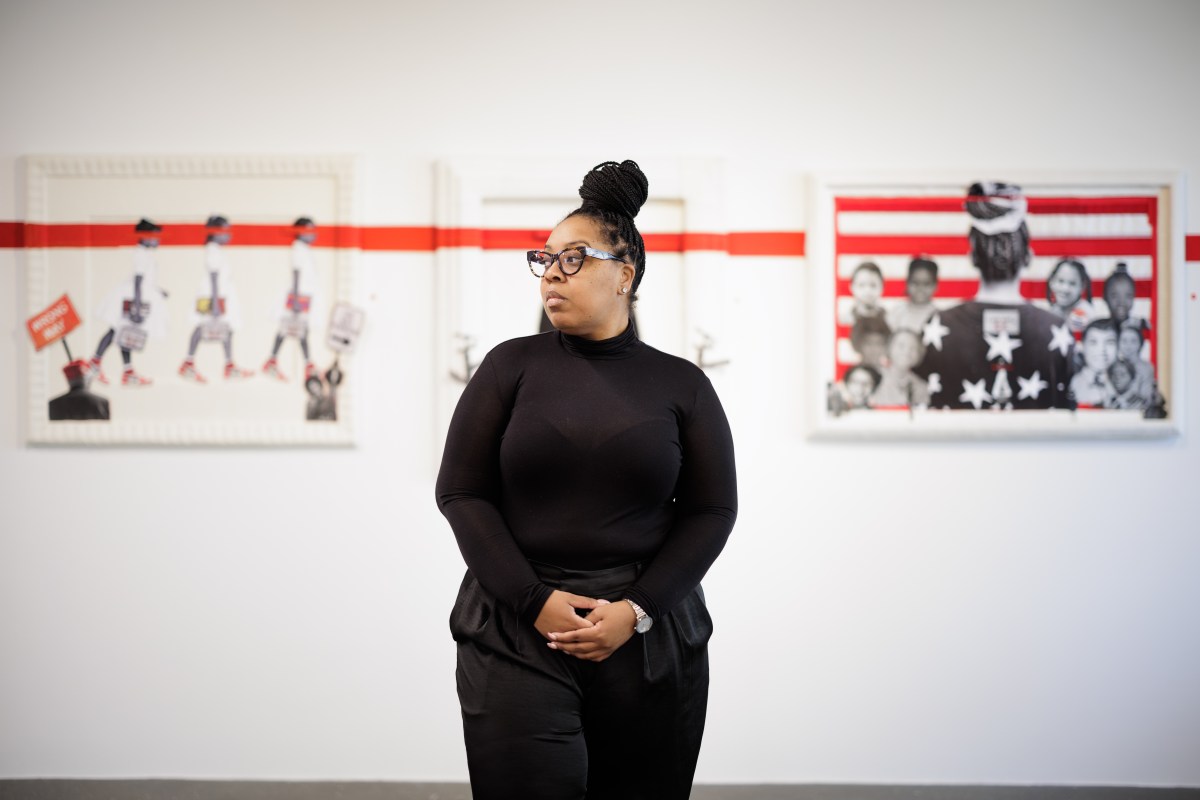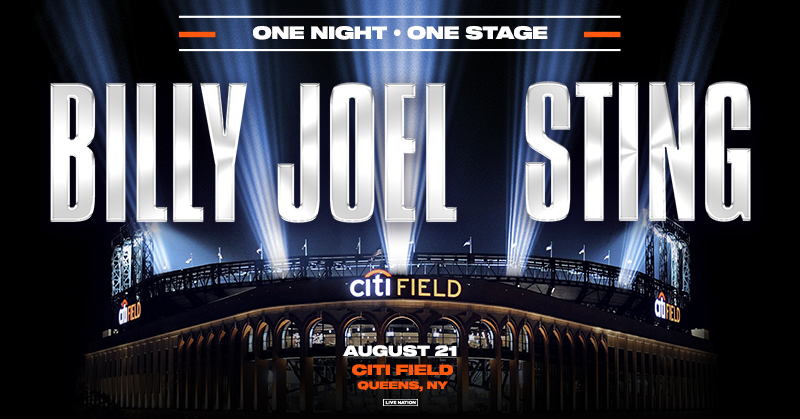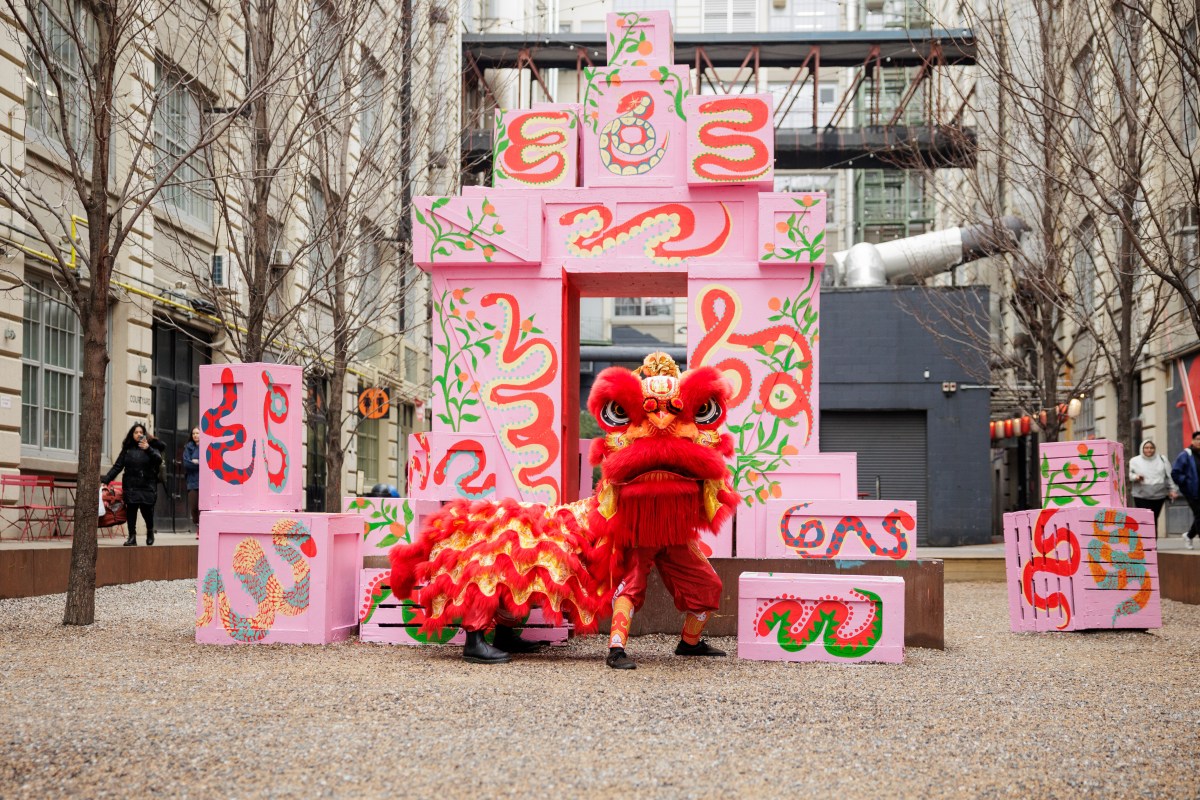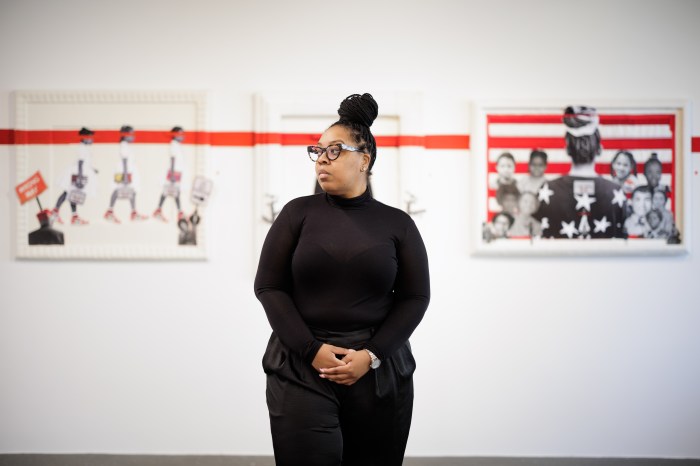The city officially kicked off the East Side Coastal Resiliency project this week, launching a contested $1.45 billion flood protection scheme stretching down Manhattan’s East River waterfront along the East Village and Lower East Side.
“Building a recovery for all of us means fighting climate change and investing in resilient communities,” said Mayor Bill de Blasio in a release Thursday. “This project will keep generations of New Yorkers safe from extreme weather, coastal storm, and rising sea levels – all while preserving and improving some of our city’s most iconic open spaces.”
The five-year overhaul funded jointly by the city and the federal government will reconstruct 57 acres of coastal parkland from East 25th to Montgomery Streets, creating a 2.4-mile system of raised parks, flood walls, berms, and movable floodgates to fortify an area that was battered by Hurricane Sandy in 2012 from future storms amid rising seas due to climate change.
This week, construction crews will start at Stuyvesant Cove Park where they’ll build an underground wall and soon begin pile driving, the first steps in erecting an above-ground flood wall to protect the lawn.
Later this year, work will start to raise the almost 46-acre East River Park with 8-10 feet of fill, along with an upgraded amphitheater, ballfields, tennis courts, soccer and multi-use turf fields, track and field, basketball courts, playground, comfort stations and picnic and barbecue areas.
ESCR aims to protect some 110,000 Manhattanites and includes improvements to other parks at or near the waterfront, such as Corlears Hook Park, Murphy Brothers Playground, and Asher Levy Playground. The project will also reconstruct spans crossing the FDR Drive to make them more accessible, including Corlears Hook, Delancey Street, and E. 10th Street bridges.
While the city has pitched the plans as key to protecting the Big Apple against climate change, ESCR has drawn the ire of locals due to the closure of East River Park. A group of activists dubbed East River Park Action have criticized the costly plan of burying the park, closing off much of the meadow for years, and the felling of as many as 1,000 trees.
Opponents have also called out the city for a lack of transparency as to why officials abruptly ditched the previous plans for coastal resiliency in 2018.
The city will plant some 2,000 new trees as part of the project, from 50 different species specifically chosen for their ability to withstand salt spray, increased precipitation, strong winds and extreme weather, according to de Blasio’s office.
Work in East River Park will be phased to ensure that about half of the space will remain open at any given time, according to the head of the city’s Department of Design and Construction, the agency managing ESCR.
“At every step through design and approvals we have worked to ensure the constructability of the project while addressing the community’s concerns about access to parkland and construction impacts such as noise and traffic, and the current project achieves that,” said DDC commissioner Jamie Torres-Springer.
East River Park Action plans to march in protest this Sunday, April 18 at noon, from Tompkins Square Park to the East River Park Amphitheater, followed by a rally at the waterfront space.



